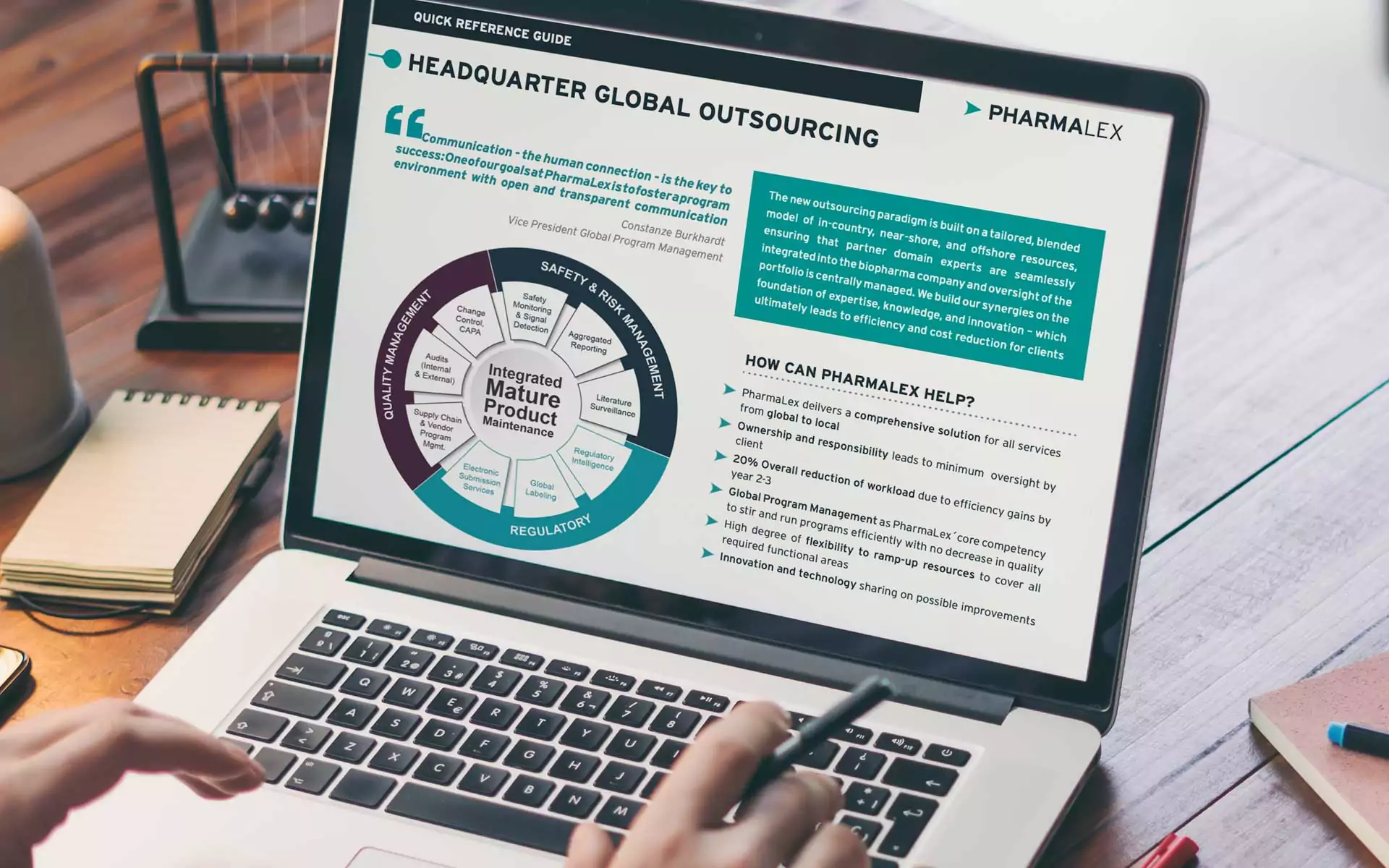How is the COVID-19 crisis influencing pharma supply chains for the future? Is the global pharma supply chain under sustained threat? And what about Asia and its dominance in the supply chain? These are all valid questions considering recent and current events.
It is generally agreed that COVID-19 marks a point in the understanding of medicine supply risks, but will it fuel efforts to establish local supplies of chemicals and APIs as a “matter of national security”? In the last 12 months, Pharma companies have become acutely aware of their dependency on complex supply chains. As the result, the pandemic has finally convinced all stakeholders to build more resilience into their supply chains going forward.
In the last 10 years or so, lower costs have been a key decider in relocating a significant share of manufacturing capabilities to China and India. We have, therefore, seen a large increase in production volumes in these countries where we know that almost 40% of registered sites for APIs were located in India or China, according to FDA data published in 2019.
The relocation of manufacturing to Asia has a direct impact on supply chain reliability and has led to drug shortages.
Believe it or not, drug shortages are not rare events and don’t just happen when there are worldwide pandemics. The average drug shortage in the US lasts 14 months…some last for years.
Before COVID-19, the FDA had already placed 145 pharmaceutical products on its drug shortages list. In April 2021, there were 175 drugs on the FDA drug shortages list.
Covid-19 didn’t have the foreseen catastrophic effect. There are several reasons for this:
- The pharma industry had a sufficient inventory buffer (average inventory is about 180 days for the entire industry)
- Drug manufacturing has long lead times, so the effect of 1-2 weeks manufacturing cessation in China would take some time to cycle through the supply chain.
- Supply disruptions of APIs or finished products made in China were not hugely prolonged, otherwise, the effects would have been more severe.
- Regulatory challenges for medicines were largely overcome, where required, by flexibilities introduced by regulators to fast-track regulatory processes. For example,
- Fast tracking approvals to alternative sources of supply of reagents
- Ensuring availability of GMP certification to manufacture and import
- Remote auditing options
- Labelling and Packaging flexibility
- Switching sources of supply (which is not straightforward in the pharmaceutical industry) was not extensively required
There was a relatively short period of logistical and distribution challenge. Demand spikes for transportation capacity was placed under enormous strain compounded by (i) surge in international demand for PPE, sanitiser, critical care medicine and medical devices (ii) Disruptions at ports (iii) Decreased capacity on Air Freight (iv) Re-routing of transportation (v) Personnel availability constraints due to lockdowns/quarantine (vi) Increased prices. Routes have already opened, and lockdowns are slowly being phased out.
However, despite all of this, local, regional, shorter supply routes are preferred in the current crisis and the environmental agenda is driving this theme globally.
Even if the manufacture of APIs or fine chemicals was more regionally dispersed or locally based, the raw materials for these manufacturers may not be available in these locations anyway.
It appears that we will have to manage the reality that raw material availability and cost are critical factors in where pharmaceutical manufacturing resides. As a result, increased resilience will need to be factored into our supply chains which will include sourcing, at some level, from Asia and the ROW. Moving production closer to home markets would be costly and would take years to accomplish. The smarter approach is to build resilience into the supply chain. How is this achieved?
The key is to ensure there is a risk management plan in place that focuses on the evaluation of potential issues arising from the loss of a supply chain partner or a region. This requires
- Alternate supply arrangements
- Inventory levels to provide a potential buffer
- Agile Manufacturing
This is infinitely more challenging than it seems. It means that organisations need to precisely know the quantity of each raw material or medicinal product in the supply chain and where it is at any given moment. This leads to hyper complexity where advanced algorithms (and data analytics/AI) will be required to help design supply chains with greater resilience and risk monitoring capability.
Designing resiliency into the supply chain should incorporate placing inventory at the right points of the supply chain network (i.e., the right inventory commensurate to the risk at that point in the supply chain).
Investment in real-time production monitoring systems and integrated planning and scheduling tools (LEAN tools) could increase the agility of existing manufacturing sites to speed up supply and reduce requirements for additional expensive production equipment.
The pharmaceutical industry will continue to build resilience and secure itself against volatility in supply from Asia…perhaps at a faster pace than before.
Next time… could it be another virus, a mosquito, or a resistant bacterium?
However, we should not lose focus on the immediate supply chain challenge.
Supply chains need to plan now for resilience to navigate the current turbulent market. Contact us now








